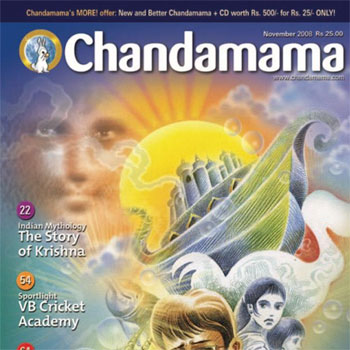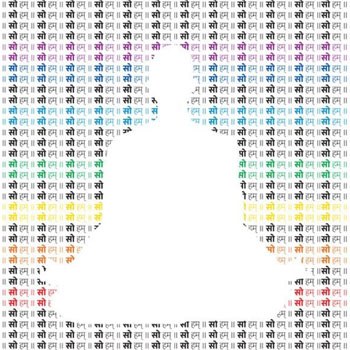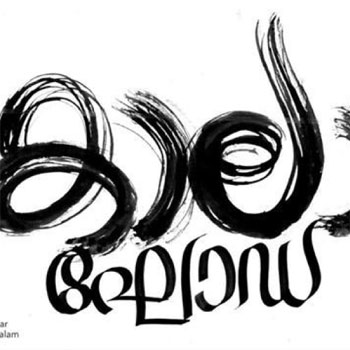Professor G. V. Sreekumar is a distinguished faculty member at the Industrial Design Centre (IDC) of IIT Bombay. He holds the position of Professor and Institute Chair Professor, specialising in Visual Design, Typography, Publication Design, Magazine Design, and Information Graphics. Prof. Sreekumar completed his M.Des in Visual Communication from IDC, IIT Bombay, and a BFA in Applied Arts from M.S. University, Vadodara. His extensive work experience includes roles such as group art director at Jasubhai Digital Media, art director at The Indian Express, and graphic designer for the Times of India group. He has also worked as a freelance cartoonist and illustrator for various publications in Kerala. At IDC, Prof. Sreekumar teaches courses like Typography Fundamentals, Exploratory Printing, and Studies in Typography. He has been involved in numerous consultancy projects, including magazine design for publications like Chandamama and Digit, as well as corporate training programmes for companies such as CapGemini and Malayala Manorama. Additionally, he has served as a visiting faculty member and jury member at various prestigious institutions and conferences. Prof. Sreekumar is also the founder of the Typography Society of India and has organised the Typography Day International Conference.



